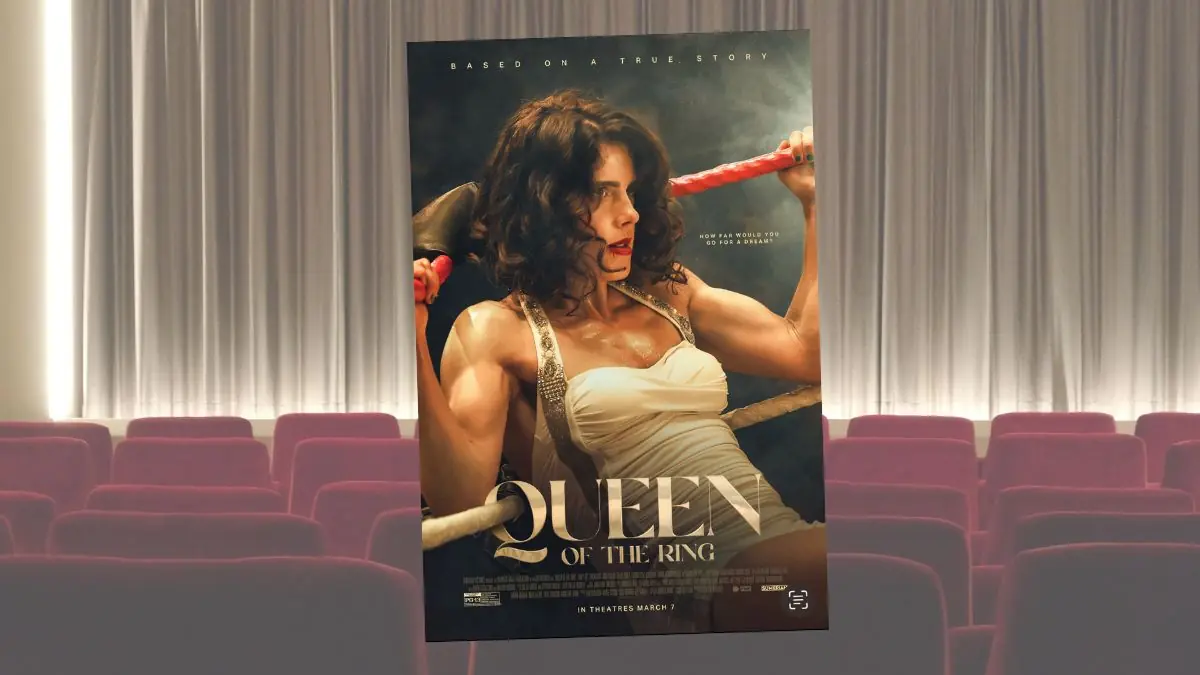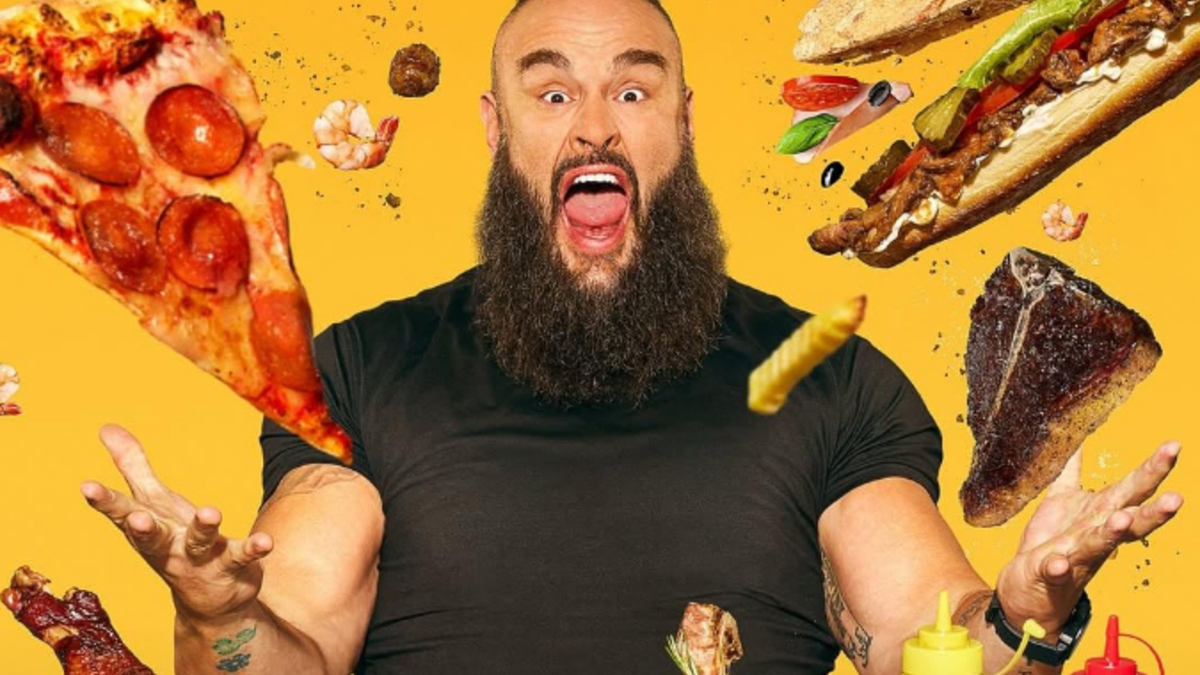‘Queen of the Ring’ gets the basics right
Queen of the Ring, officially released on March, 7, gets all the basics right.
Mildred Burke was the hardscrabble veteran champion from the Midwest. Her husband/ex Billy Wolfe is never referred to as “Diamond” like he is in Jeff Leen’s exceptional 2009 work, The Queen of the Ring: Sex, Muscles, Diamonds, and the Making of an American Legend, that the film is based on, but he is the shallow cad you’d expect. There’s Wolfe’s son “G Billy” and Burke’s son Joe (she was a single mother and Joe adored her). And most of the players, male and female, are at least introduced.
Historically, the film plays very loosely on the real-life Burke and just about everyone else. Most recently, The Iron Claw told the tale of the Von Erich clan in a similar vain. In Queen of the Ring, the casting is a great deal better.
Emily Bett Rickards portrays Burke. I had to be reminded that she played Felicity Smoak on some CW superhero shows, starting with Arrow. Aesthetically, Rickards’ athletic frame passes off as Burke, but facially, she is a far more “conventional” knockout (excuse the pun) than the instantly recognizable “Kansas Cyclone.” Here, they don’t even try to match her hair to Burke’s. Burke’s white attire was revolutionary, but we wouldn’t know it.
That immediately took me out of the flick for a while. Leen’s book is probably still the best biography of a woman described as making as much money as Joe DiMaggio, and just as important a sports figure as Babe Ruth and Jackie Robinson. Queen of the Ring is a very “small” movie that ignores most of outside of the ring work that made Burke the most well-paid female athlete of her time.
Josh Lucas, who is nearly 20 years older than Rickards, is more handsome than the real-life Billy Wolfe, but he captured the essence of the villain who had an assembly line of “Billy’s Girls.”
The titular Burke/Byers rivalry is played out very well. Kailey Latimer, who was the real-life National Wrestling Alliance (NWA) Women’s champion as Kamille when she filmed her scenes, was remarkable as Byers. Latimer would tower over her real-life counterpart and Rickards is three inches taller than Burke. But the good news is, very few people are around to remember the August 1954 match between the two battling beauties. Or the finish. Or the aftermath.
Mae Young plays a key role in the film and is played by Clint’s daughter with Frances Fisher, Francesca Eastwood. Jack Pfefer is played by the versatile Walton Goggins and Martin Kove is Al Haft. James M. Cornette, who told his podcast audience he was contacted by the filmmakers and asked to be involved because the movie shot not far from his home, plays a non-descript “NWA Commissioner” that he has equated to Sam Muchnick. All are great in their roles.
There’s even a bit of a call back to A League of Their Own when the wrestlers realize that Babs Wingo, Ethel Johnson (played by Trinity Fatu) and Marva Scott exist. Toni Storm shows up early as Clara Mortensen.
Not enough effort is given to breaking through barriers about how women were allowed to wrestle in cards across the country. Burke, along with Wolfe, had to travel around the country and pump-up interest.
There are some notable exceptions in the cast, and one who has an entirely fictitious exit. But then again, The Iron Claw omitted a Von Erich entirely, and Laura Hillenbrand’s incredible Seabiscuit added levels of confusion to several people from book to big screen. Dramatic leniency is real.
Director Ash Avildsen is also the co-screen writer, along with political speechwriter and filmmaker Alston Ramsay. They frequently drop all kinds of professional wrestling jargon; as well as one or two groan-worthy title drops that pique the interest of longtime fans and educate those who don’t live or die by the sport. This is Avildsen’s fifth film. He is also a musician and music promoter. He also goes the way of Alfred Hitchcock, Quintin Tarantino, independent filmmaker Leigh Scott and M. Night Shyamalan by inserting himself into a scene.
There are very important historical aspects of the lives of Burke and the Wolfes that are glossed over.
At two hours and 20 minutes, the film seems both rushed and slow at times. Rickards is exceptional and does a fine job flexing like wrestling’s first celebrity “girl” champion. Don’t get too caught up in the particulars and pay and enjoy a stellar cast and great acting.
Three out of five stars for me. Full transparency: like many, Burke remains my all-time favorite female grappler. Just don’t tell Nora Greenwald.
RELATED LINK




